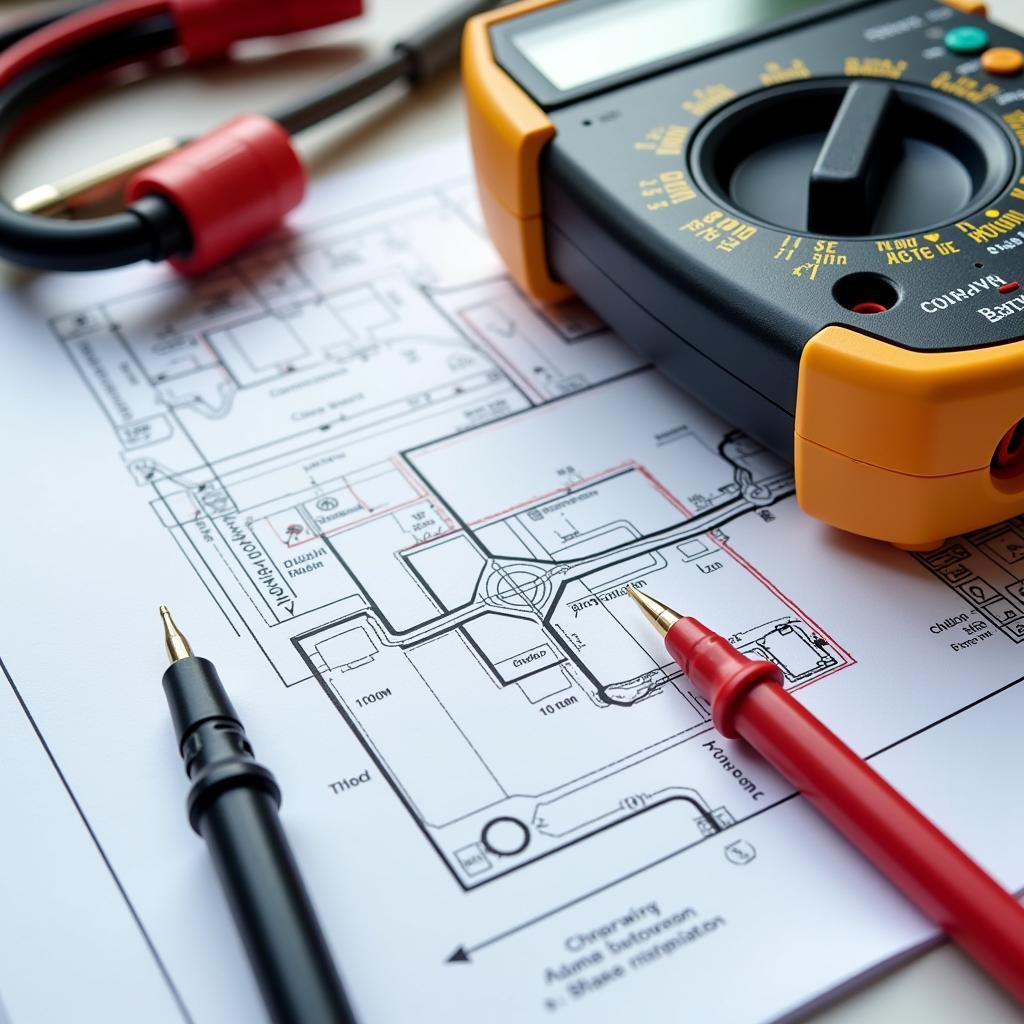Asean And The Theory Of Regional Economic Integration are intrinsically linked. The Association of Southeast Asian Nations (ASEAN) stands as a prime example of a regional bloc striving for deeper economic integration. This article delves into the relationship between ASEAN and the various theories underpinning regional economic integration, examining the successes, challenges, and future prospects.
Understanding Regional Economic Integration Theories
Several theories attempt to explain the motivations and outcomes of regional economic integration. These include:
- Functionalism: This theory suggests that integration begins with cooperation in specific sectors, gradually spilling over into other areas. For ASEAN, early cooperation in trade and investment paved the way for broader collaboration.
- Neo-functionalism: Building upon functionalism, this theory emphasizes the role of supranational institutions and political elites in driving integration. The establishment of the ASEAN Secretariat and various specialized bodies reflects this aspect.
- Intergovernmentalism: This theory highlights the importance of state sovereignty and national interests in shaping integration processes. ASEAN’s consensus-based decision-making and emphasis on non-interference in domestic affairs illustrate this approach.
Applying Theories to the ASEAN Context
While each theory offers valuable insights, no single theory fully captures the complexity of ASEAN integration. ASEAN’s trajectory is a blend of functional spillover, institutional development, and intergovernmental bargaining. The diverse economic and political landscapes within ASEAN require a nuanced approach to integration.
ASEAN’s Progress Towards Integration
ASEAN has made significant strides towards economic integration, particularly with the establishment of the ASEAN Economic Community (AEC). Key achievements include:
- Tariff reduction: Most tariffs within ASEAN have been eliminated, promoting intra-regional trade.
- Facilitated trade: ASEAN has implemented measures to streamline customs procedures and reduce non-tariff barriers.
- Investment liberalization: Regulations governing foreign investment have been eased, encouraging cross-border investment flows.
- Movement of skilled labor: Mutual recognition agreements have been signed for certain professions, facilitating the movement of skilled workers within the region.
Challenges and Opportunities
Despite these advancements, ASEAN faces persistent challenges:
- Development gaps: Significant economic disparities between member states hinder deeper integration.
- Non-tariff barriers: Remaining non-tariff barriers and regulatory differences continue to impede trade and investment.
- Political and security issues: Territorial disputes and differing political systems can complicate economic cooperation.
- External competition: ASEAN must navigate the complexities of global trade dynamics and competition from other regional blocs.
However, these challenges also present opportunities. By addressing these issues effectively, ASEAN can further strengthen its economic integration and enhance its global competitiveness.
The Future of ASEAN Economic Integration
ASEAN’s future economic integration will likely focus on:
- Deepening the AEC: Efforts to implement the AEC Blueprint fully and address remaining challenges will continue.
- Digital integration: Harnessing the potential of the digital economy will be crucial for future growth.
- Sustainable development: Integrating environmental and social considerations into economic policies will be increasingly important.
- External partnerships: Strengthening economic ties with external partners will remain a priority.
Expert Insights on ASEAN’s Future
Dr. Maria Theresa Medina, a renowned economist specializing in Southeast Asian economies, notes: “ASEAN’s success lies in its ability to adapt to evolving circumstances. The future of integration will depend on its capacity to address internal disparities and external pressures effectively.”
Echoing this sentiment, Professor Chandra Kumar, a leading expert on ASEAN affairs, adds: “ASEAN must prioritize inclusive growth and sustainable development to ensure that the benefits of integration are shared equitably.”
Conclusion
ASEAN and the theory of regional economic integration are interwoven. While various theories offer explanations for ASEAN’s trajectory, the reality is a complex interplay of factors. ASEAN has made remarkable progress, but challenges remain. By addressing these challenges strategically, ASEAN can further strengthen its economic integration and secure a prosperous future for the region. The future of ASEAN hinges on its ability to adapt, innovate, and collaborate to achieve its ambitious goals.
FAQ
- What is the main goal of the AEC?
- What are the key challenges to ASEAN economic integration?
- How can ASEAN benefit from the digital economy?
- What are the main theories of regional economic integration?
- What are some examples of ASEAN’s achievements in economic integration?
- How does ASEAN’s consensus-based decision-making impact integration?
- What is the role of external partnerships in ASEAN’s economic future?
Further Exploration
- Explore our article on the history of ASEAN formation: why was the asean created.
- Learn more about ase ltx gl ultradp.
Need assistance? Contact us at Phone Number: 0369020373, Email: aseanmediadirectory@gmail.com, or visit us at Thon Ngoc Lien, Hiep Hoa, Bac Giang, Vietnam. We have a 24/7 customer support team.

